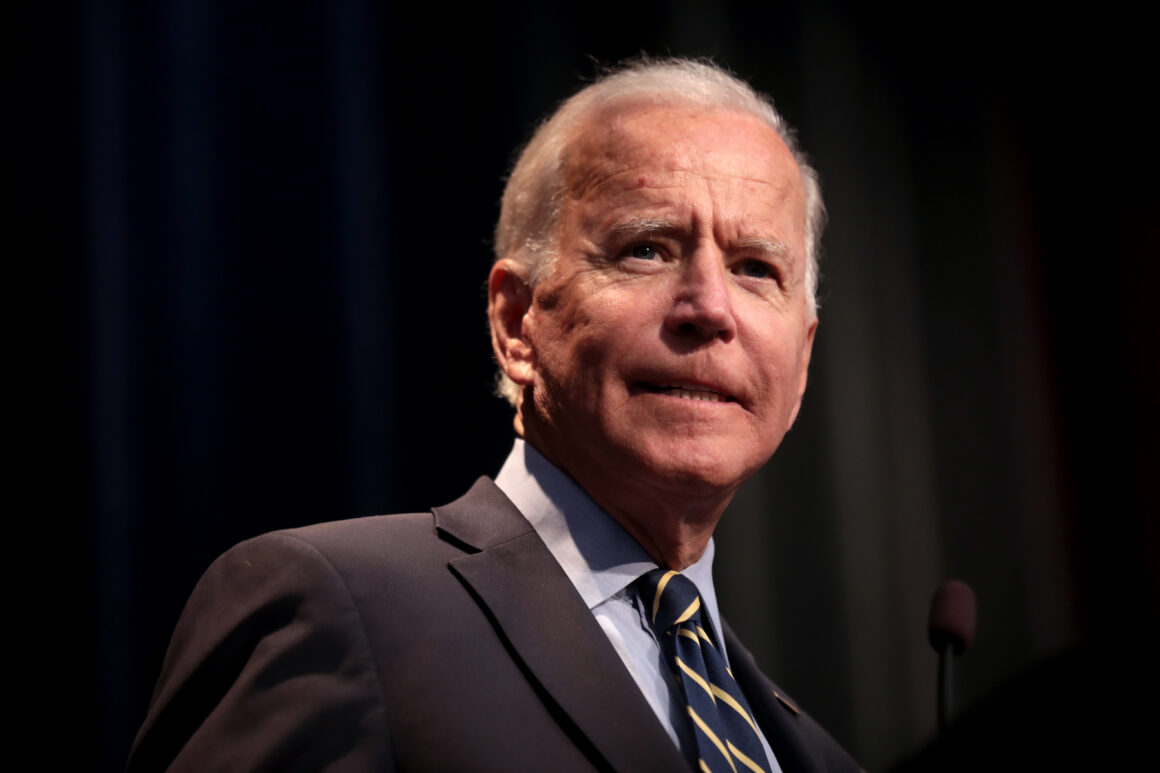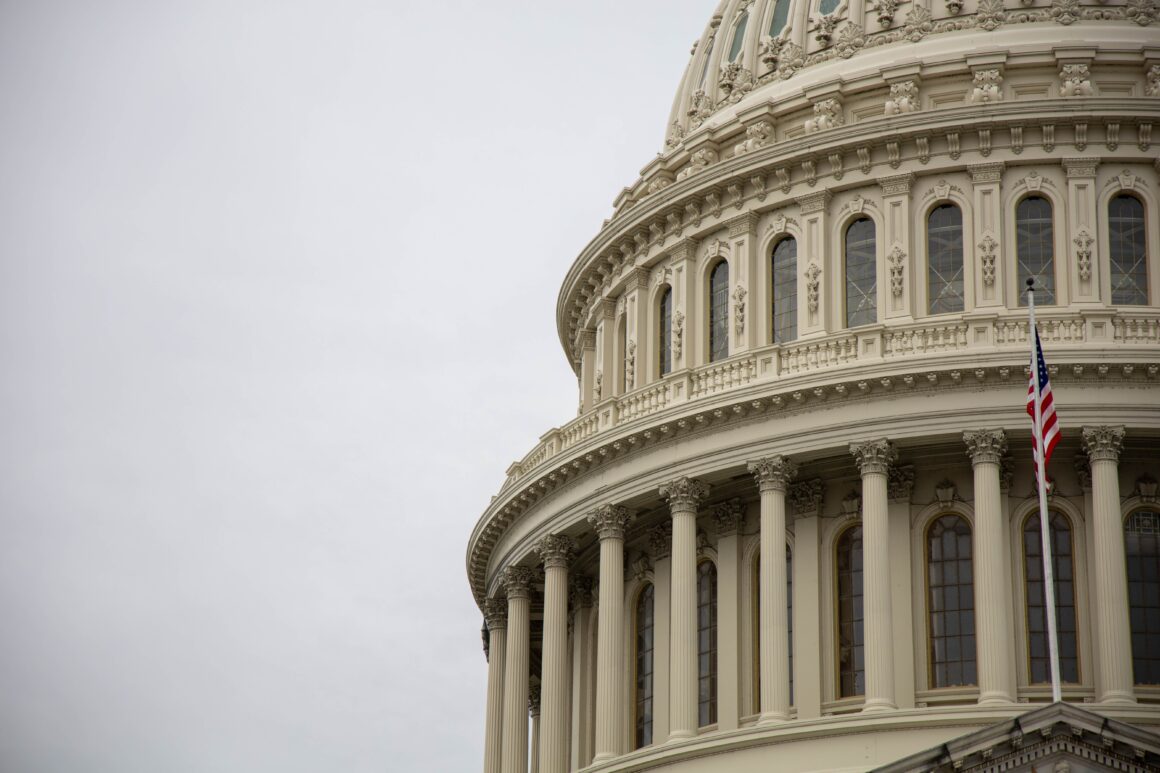If America swaps to New Zealand’s way of electing, we can avoid a repeat of 2016.
In 1978, democracy in New Zealand faced a problem.
National, N.Z.’s biggest center-right political party, had won the general election. In the Parliament that followed, National held 51 seats. Labour, National’s center-left challenger, won 40. But there was an issue: National had 10,085 fewer votes than Labour. In short: one party had won the “popular” vote, but another had won the most seats for their respective representatives. The same thing happened again in 1981.
This may sound familiar to American readers.
This total votes/end result imbalance in America was probably most notably seen in the 2016 presidential election, of course. To recap: Donald Trump won the election, with 304 electoral college votes to Hillary Clinton’s 227. But the majority of Americans that voted, voted for Clinton. 2,868,686 more than voted for Trump, to be precise.
This wasn’t a one-off style scenario; there have been cases of lacking proportionality in American elections since the U.S. was born. In the last three decades, Congress has seen multiple imbalances in the House of Representatives. In 2012 and 1996, House Republicans lost the popular vote but won a sizable legislative majority. In 2015, they won the popular vote – but the margin by which they won it was far smaller than the margin between the amount of seats Democrats and Republicans held in the House.
This is because America (as New Zealand did at the time) operates under an old kind of election system, where the candidate that wins the most votes in an electoral district wins a seat.
There are two problems with this. The first is that the candidate who gains the seat only needs a minuscule margin to do so. Even if they triumphed by one vote, they win the seat. The issue people have with this is that the candidate can then hardly be argued to be “representing” the view of the majority.
The second and main problem is that some districts have bigger populations than others. For example, each state elects two senators to the Senate, no matter the population. (Maine and Nebraska are the only states that split their vote, in any kind of election: some presidential electors go to the winner of the popular vote in each district, while some go to the winner of the statewide popular vote.) This leads to voters from larger districts technically having more power to elect candidates to the Senate than others: Norman Ornstein, a resident scholar at the American Enterprise Institute estimates that by approximately 2040, 70% of Americans will live in 15 out of 50 states. This means that under America’s current style of elections, 30% of Americans will choose 70 senators.
I want to repeat a statistic I use in every talk: by 2040 or so, 70 percent of Americans will live in 15 states. Meaning 30 percent will choose 70 senators. And the 30% will be older, whiter, more rural, more male than the 70 percent. Unsettling to say the least https://t.co/EGPD5nE4qG
— Norman Ornstein (@NormOrnstein) July 10, 2018
The resulting Senate can hardly reflect the America it serves.
There is a myriad of examples of this under the current system, congressional, presidential and primary alike: in 2016, as the Washington Post wrote, Wyoming had three electoral votes and a population of 586,107. California had 55 electoral votes and 39,144,818 residents. In other words, people in Wyoming have more power to elect the president than people in California.
There are also more immediate paradigms: just this week, with 95 percent of Iowa caucus precincts reporting, Bernie Sanders had a higher amount of total votes in both the first and final rounds, and yet Pete Buttigieg held the most delegates (24.4% and 26.2% to Buttigieg’s 21.4% and 25.3%.)
A solution, eh mate?
The difference between New Zealand’s and America’s instances of democratic imbalance is that New Zealand has since changed. America has not.
In 1993, New Zealand held a referendum, partly spurred on by the election mishaps of 1978 and 1981. The question put to voters was whether they wanted to stick with first-past-the-post (where the party whose candidates win the most districts wins the most seats in parliament, even if they don’t win the majority of votes), or move to Mixed Member Proportional. 85% voted to shift, and New Zealand has not faced an imbalance since.
So what is Mixed Member Proportional, or M.M.P.? Basically, it’s a way to make sure that voters are represented proportionally. In short: no more Trump-style wins at the polls.
https://www.youtube.com/watch?v=8Uk44aykGg4&feature=emb_title
M.M.P. works like this: when voters in New Zealand head into a voting booth, they get presented with a sheet with two columns. In one column, voters can pick the candidate they want to represent their electoral district. So far, so normal. But on the other side is a list of New Zealand’s political parties. Voters then pick which party they think best represents their interests. Candidates that win the most votes in a district win a seat, but a certain number of seats in the parliament are reserved for “list” Members of Parliament or M.P.s. List M.P.s are assigned seats in proportion to the number of votes their party receives.
At its heart, M.M.P. helps N.Z. avoid disasters like the ’78 and ‘81 elections. In this way, it would solve the issues of states with smaller populations holding the larger share of the political power, as well as ensuring that candidates who win by small margins aren’t the only voice in the legislature. Clinton would have won the Presidency in N.Z., for one. (That is, if we had a president.) But M.M.P. would also bring a range of other benefits.
More parties!
Political scientists have a fancy name for what happens under American-style elections: Duverger’s law. It theorizes that a non-proportional political system tends to favor a two-party structure. That’s why in America we have Democrats and Republicans, while in New Zealand the parliament is held by Labour, National, N.Z. First, the Green Party, the Act Party, the Maori Party, and sometimes more.
Under M.M.P., smaller parties bloom. This is because voters can vote for smaller parties that they like without fearing their vote will be lost, as it might be in a first-past-the-post scenario.
Under F.P.P., where voters vote for a single candidate, voting for a smaller party that won’t receive as many votes as a big party might mean that the bigger party on the opposite side of the political spectrum ends up winning. Take the instance of a Democratic voter, but who leans towards a fictional “Socialist party.” They vote for the Socialist party, only to discover that the say 15% of voters who voted for the Socialist Party instead of mainstream Democratic shaved a margin of the Democratic vote, and the Republicans won. M.M.P. means it’s possible to vote for the Democratic candidate on the district ballot, but the Socialist party on the list ballot, without fearing a Republican win.
After the 1990 election, before M.M.P., Labour and National held nearly 100 percent of seats in N.Z.’s parliament. In 2011, the parliament was far more split (see image). More parties mean a more diverse range of views and identities are represented in Parliament.
More women and minorities getting elected
Around 23% of the 116th, the current Senate is female, the biggest slice of the pie ever.
A system like New Zealand’s guarantees this figure. Since MMP was instituted in 1993, about one-third of parliament has been made up by women, consistently. This was a big change from the one to 16 percent previously. The gain in women’s representation comes from the party, list MP seats. This links back into the above bonus of M.M.P.: smaller parties that emerge tend to put women at the head.
Racial minorities also benefit: the proportion of Maori (N.Z.’s indigenous population) with seats in parliament has leaped from 4 or 5 percent to 13 and 19 percent since M.M.P. Again, this is thanks to that extra set of voting options.
So could the US actually do it?
Moving the whole of American democracy to pure, New Zealand style M.M.P. would take numerous reforms in different places. But there are many ways to increase the “Proportional Representation” of Americans.
The electoral college is set in stone by the Constitution, and the constitution is famously hard to change. But on a state level, change is easier. States do decide how to allocate their electoral college votes, which means a vote by the state legislature to move to a more proportional style version of electing presidents is possible in individual states. As such, we could see an M.M.P.-inspired system become more widely adopted within states electing presidential candidates, with other states taking the Maine and Nebraska approach of allocating some votes to district winners, and some to statewide popular vote winners.
When it comes to congressional elections, states could also make a change. The biggest problem to solve is the two senators per state rule, that guarantees some states will be grossly underrepresented. New Zealand solves this by doing by with the second house of Parliament: by being unicameral.
A bold and unlikely reform would go like this: the Senate would be scrapped, and the number of seats in the House of Representatives would rise to make sure districts averaged an even number of voters. Right now, a very Democratic blue state that gains a new blue voter doesn’t change the election results, though it may change the state margins. And the party in power can reduce the voting influence of minorities by gerrymandering the district outline: redrawing the district to cut up blocks of minority voters.
“List” representatives would end all this, while certain district-based representatives would ensure some degree of “locality” remained.
Again, this all requires an unlikely constitutional amendment and probably comes more under wishful thinking than anything else. But another election result like 2016’s could make undercounted voters even more fed up with America’s pseudo-democracy. With enough people behind it, somehow, something might change.
When American voters head to the polls, they might consider heading Down Under too.
Photo by Mark_Bellingham via CreativeCommons





